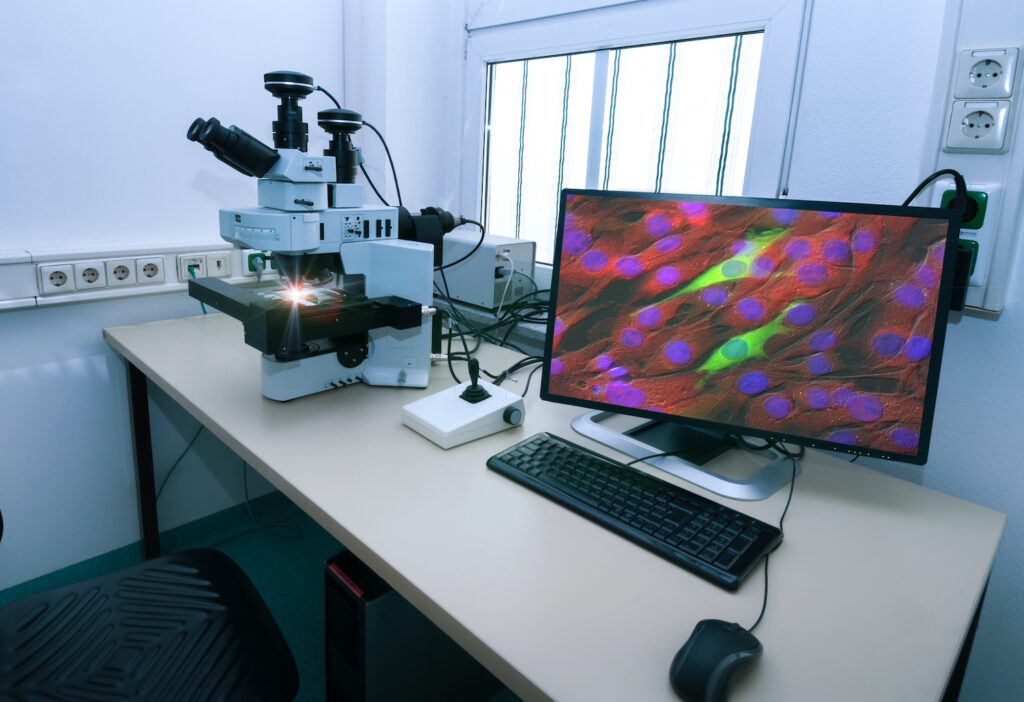Liu Y-C, Hall B, Lwin NC, et al. Tissue Responses and Wound Healing following Laser Scleral Microporation for Presbyopia Therapy. Translational Vision Science & Technology. 2020;9(4).
PURPOSE
To investigate the postoperative inflammatory and wound-healing responses after laser scleral microporation for presbyopia.
METHODS
Thirty porcine eyes were used for the optimization of laser intensities first. Six monkeys (12 eyes) received scleral microporation with an erbium yttrium aluminum garnet (Er:YAG) laser, and half of the eyes received concurrent subconjunctival collagen gel to modulate wound-healing response. The intraocular pressure (IOP) and the laser ablation depth were evaluated. The animals were euthanized at 1, 6, and 9 months postoperatively. The limbal areas and scleras were harvested for histologic analysis and immunofluorescence of markers for inflammation (CD11b and CD45), wound healing (CD90, tenascin-C, fibronectin, and HSP47), wound contraction (α–smooth muscle actin [α-SMA]), vascular response (CD31), nerve injury (GAP43), and limbal stem cells (P63 and telomerase).
RESULTS
In the nonhuman primate study, there was a significant reduction in IOP after the procedure. Overall, the ablation depth was 76.6% to 81.2% at 1 month and slightly decreased to 71.5% to 72.7% at 9 months. Coagulative necrosis around the micropores, as well as expression of CD11b, CD45, tenascin, fibronectin, HSP47, and GAP43, was distinct at 1 month but subsided with time. Collagen gel treatment significantly suppressed the upregulation of CD11b, CD45, fibronectin, and tenascin-C. The expression of CD90, α-SMA, and CD31 was minimal in all eyes.
CONCLUSIONS
The study demonstrated the course of inflammatory and wound-healing responses following laser scleral microporation. The tissue responses were small and self-limited, resolved with time, and were suppressed by concurrent collagen treatment. It provides a useful understanding of this new procedure.


